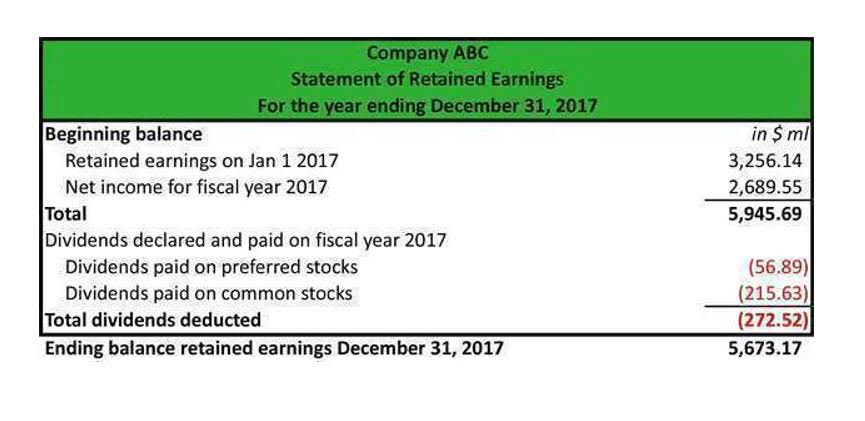What Is Bookkeeping? Duties, Pay, and How to Become a Bookkeeper

A cost center is an employee or a department within your company that performs those expense-bearing, necessary tasks. A bookkeeper provides a critical role in the data collection and data input of a business’ accounting cycle. When there is a proper system in place that avoids problems such as skimming fraud, the recorded financial data can provide valuable, actionable insight.
If you’re not confident in your ability to handle your gym’s accounting, it might be worth hiring a professional accountant. They can help you set up your accounting systems, ensure you’re meeting your tax obligations, and provide valuable financial advice. Keep a close eye on the money coming in and going out of your business and create forecasts to help anticipate future cash flow. Depending on your location, you may need to collect sales tax on certain goods and services sold, like merchandise or personal training services.
Bookkeeper Job Description
As each month passes, a portion of this deferred revenue is recognized as earned income on the income statement, reflecting the services provided during that specific period. Using accounting software, you can track financial transactions, manage invoices, and generate reports for your gym business. For a more comprehensive management solution, integrating your accounting software with a gym management platform like Exercise.com is advisable. Exercise.com will streamline many operational aspects of your gym business, including membership management, class scheduling, and online training, making it easier to manage the business as a whole. Whether to hire an accountant or bookkeeper is a personal decision for a business owner. Some fitness entrepreneurs will like to have an experienced set of human eyes looking over their books, while others prefer to save money and simplify the process by using personal training accounting software instead.
Moreover, accurate accounting enables gyms to comply with legal requirements such as tax regulations and financial reporting standards specific to their industry. It provides accurate and up-to-date financial information, enabling informed decision-making regarding pricing, budgeting, and investments. Bookkeeping helps evaluate the business’s financial Gym Bookkeeping performance, identify areas for improvement, and measure the success of strategies. Additionally, it facilitates financial analysis, such as cost patterns and revenue sources, aiding in growth opportunities and risk identification. Overall, bookkeeping is essential for effective financial management and the long-term success of a fitness business.
Proper recognition and allocation of revenue based on different membership types or packages
That’s because NetSuite is designed to scale as your fitness business continues to evolve, and you can keep incorporating more support from the company. The best fitness center accounting software streamlines operations by automating financial processes like invoicing, payroll, and budget tracking. It should integrate smoothly with other systems used by the fitness center, such as membership management software, to provide a unified platform for operational and financial management. While QuickBooks is a reliable accounting software, gym businesses might find more value in a comprehensive management solution like Exercise.com.

By monitoring this indicator, gym owners can evaluate their marketing efforts, customer retention strategies, and overall business performance. Another important KPI is average revenue per member (ARPM), which calculates the average amount of revenue generated by each member within a given timeframe. Gym owners must adhere to regulatory requirements for such programs, ensuring they comply with contribution limits set by government entities like the Internal Revenue Service (IRS). Proper accounting practices include accurately tracking and reporting employee contributions while ensuring that payroll deductions align with established guidelines.
The Trifecta of Financial Documents
It’s essential to choose a provider with a strong reputation for responsive customer service, as timely assistance can help resolve any issues that may arise while using the software. QuickBooks coupled with Exercise.com emerges as a robust solution for gyms aiming to harmonize their financial processes with other operational facets. The integration significantly enhances its standing, making it a compelling choice for gym owners. Booking a demo with Exercise.com is the step forward for those in the fitness industry looking to explore the extensive benefits of this integration. Having good bookkeeping is not just important for tax time, but it can help you run your business more effectively throughout the year.
- This puts you in control of your finances and cash flows, minimizes the risk of serious accounting errors, and saves you precious time and money.
- While serving as an effective management method, cost centers can help you better track business performance and related expenses, and if managed properly, can also help your business grow.
- Like any good regimen, it is important to make your plan and stick with it to see results.
- These software solutions are designed to handle multi-entity operations and provide real-time financial insights.
- Quicken is a user-friendly solution that can successfully serve your requirements of a gym accounting software.
- One of the most frequent, repetitive, and time-consuming tasks related to gym accounting is invoicing and billing.
- You may also need to pay unemployment insurance tax and handle worker’s compensation insurance.
Bookkeepers are needed in just about every industry and business, both large and small. If you’re ready to build job-ready skills in bookkeeping, consider enrolling in the Intuit Academy Bookkeeping Professional Certificate. We care about our clients’ success, and always respond to messages or calls in one business day or less. One important aspect of tax compliance is accurately determining an individual’s employment status – whether they are classified as an employee or an independent contractor. Misclassification can lead to tax liabilities and potential legal complications later on if challenged by taxing authorities. If you’re a sole proprietor or partner, you’ll generally need to pay self-employment taxes, which cover Social Security and Medicare.



